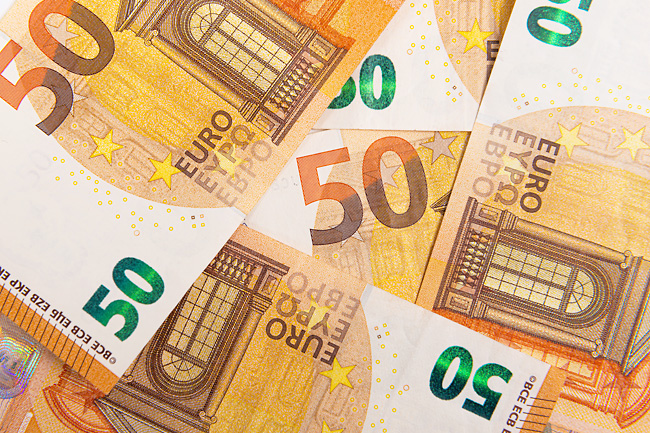PARIS (AFP) – The euro yesterday marked 20 years since people began to use the single European currency, overcoming initial doubts, price concerns and a debt crisis to spread across the region.
Euro banknotes and coins came into circulation in 12 countries on January 1, 2002, greeted by a mix of enthusiasm and scepticism from citizens who had to trade in their Deutsche marks, French francs, pesetas and liras.
The euro is now used by 340 million people in 19 nations, from Ireland to Germany to Slovakia.
Bulgaria, Croatia and Romania are next in line to join the eurozone in the next few years – though people are divided over the benefits of abandoning their national currencies.
The idea of creating the euro first emerged in the 1970s as a way to deepen European integration, make trade more simple between member nations and give the continent a currency to compete with the mighty dollar.
“Clearly, Europe and the euro have become inseparable,” European Central Bank chief Christine Lagarde wrote in a blog post.
In the euro’s initial days, consumers were concerned that its emergence had caused prices to rise as countries had to convert to the new currency.
Though some products – such as coffee at cafes – slightly increased as businesses rounded up their conversions, official statistics have shown that the euro has brought more stable inflation.
The price of a baguette in France, for example, rose from 66 cents in 2001 to 90 cents today – an increase in line with pre-euro inflation.
More expensive goods have not increased in price, and dropped in some cases. Nevertheless, the belief that the euro has made everything more expensive persists.








